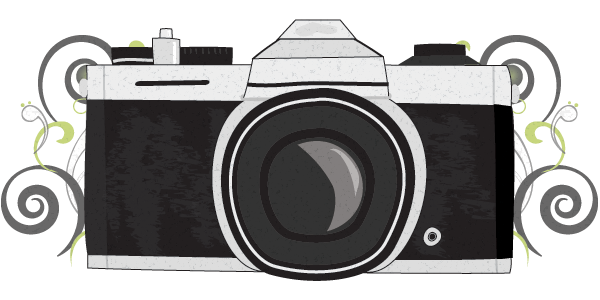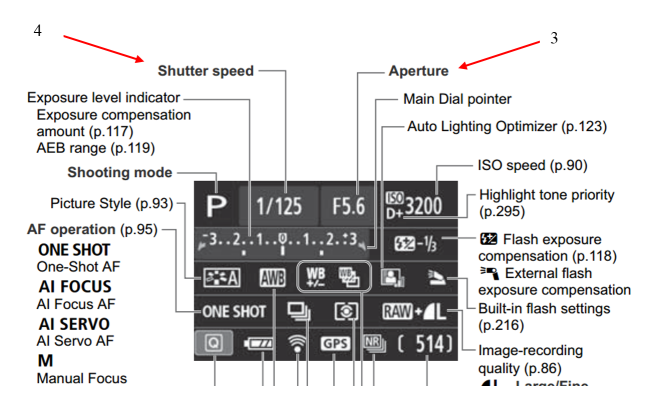The beloved & beautiful Canon Rebel T4i
“Canon is proud to introduce its most sophisticated Rebel ever [before the T5i was released even though they’re almost identical]—the EOS Rebel T4i DSLR! Built to make advanced photography simple and fun, the new Rebel T4i delivers phenomenal image quality, high performance, and fast, intuitive operation. This EOS Rebel amps up the speed with the powerful DIGIC 5 Image Processor that helps make high-speed continuous shooting of up to 5.0 fps possible—great for capturing fast action. An 18.0 Megapixel CMOS sensor ensures that every image is shot in superb, high resolution; and an extended ISO range of 100-12800 gives photographers the opportunities to take the Rebel T4i into more shooting situations than ever before. A 9-point all cross-type AF system (including a high-precision dual cross f/2.8 center point) delivers improved autofocus performance, and a new Hybrid CMOS AF System increases autofocus speed when shooting photos and video in Live View. For users interested in creating impressive videos, the Rebel T4i is ready to help you create your next masterpiece. Movie Servo AF provides continuous focus of moving subjects, so you never miss a moment. A built-in stereo microphone and manual audio level adjustment helps ensure that your audio will match the stunning quality of your video. First ever for an EOS Rebel, the Rebel T4i features a Vari-angle Touch Screen 3.0-inch Clear View LCD monitor II, which allows fast and intuitive camera operation. Add compatibility with Canon’s proven EF and EF-S lenses and a slew of EOS accessories, the Rebel T4i is an incredibly versatile tool for creating the images and videos you envision (Canon).”
That’s right, touchscreen! You can pinch and scroll just like your iPhone or iPad. It is by far my feature about my camera. I was slightly worried at first because this was the first model with that feature and normally that means a lot of bugs. So far, it has operated seamlessly (and yes, I just knocked on wood or at least I think my desk is made of wood – close enough).
There are several other cool features concerning DSLRs and this particular camera including:
- The screen is a rotating/tilt screen (see above picture). You can pull the screen out and rotate it up to 180 degrees to achieve the perfect selfie – no duck faces please. This feature also allows for the screen to face inward when the camera is not in use to prevent damage.
- The screen can also function in live mode (meaning you do not have to look through the viewfinder). While this feature is not the most accurate, it is good for beginners and people adjusting from point and shoot cameras, which share this feature. You simply push a button on the back of the camera (next to the viewfinder) to switch bath and forth between this mode. Is there anything this screen can’t do?
- Aperture is the degree to which the lens is open that effects the amount of light let in by the camera. A lower aperture actually means a larger opening allowing more light whereas a higher aperture results in a smaller opening with less light. This feature can be accessed through the main menu. It also enables the camera to adjust the depth of field or blur out parts of the background that are not in focus (so that’s how all those pictures on Pinterest were taken).
- Shutter speed is the time that the camera shutter is open to capture the picture. This camera’s shutter can be as little 1/4000th of a second to capture moments such as in sports. Lower shutter speeds would be used to capture the entire motion such as, light streaks at night. The shutter speed is adjustable from the menu on the back of the camera.
- The mode dial dictates which settings you can control and which ones the camera controls. The settings range from A+ (auto) mode meaning the camera is in complete control to M (manual) where the user is in control. There are also modes that are designed to adapt to certain instances such as landscape, portrait, night, or sport. A new mode, HDR (High-Dynamic Range), has been added to the T4i model. In this mode, the camera takes 3 pictures; one over exposed, one normal, and one underexposed are taken, and then certain elements of each picture are combined to create one composite image.
For more information, check out this review from CNET.
Click here for a full list of the specifications.
Click here to view the entire Canon t4i manual electronically.
Photos courtesy of Canon.




